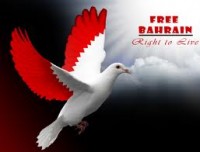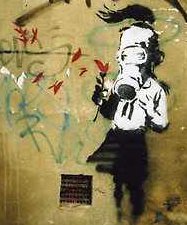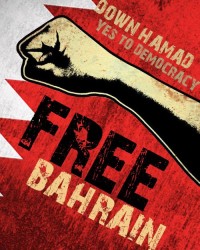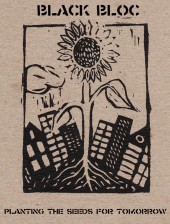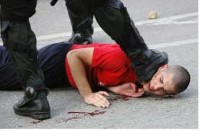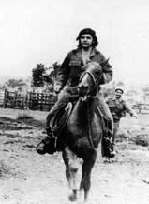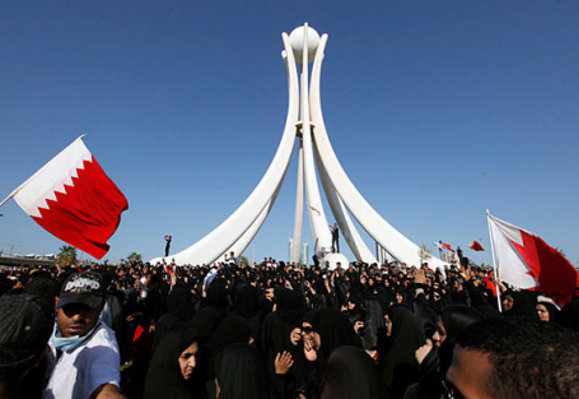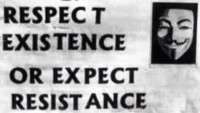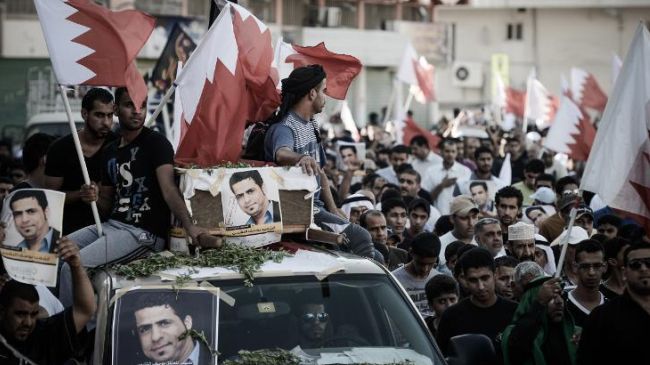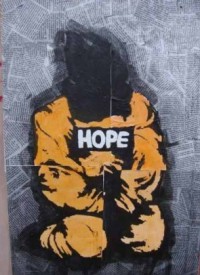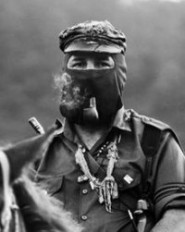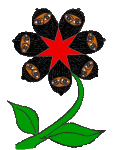Navigating a Rising Tide of Violence in Bahrain
Bahrain Analysis: Navigating a Rising Tide of Violence
24 January, 2012 – EA World News – by Marc Owen Jones
In his Friday sermon three days ago, Bahrain’s most senior Shi’a cleric Isa Qassim sent a strong message out to the state security services, saying, “Whoever you see abusing women, you must crush them.” Unsurprisingly, such words caused considerable anxiety in Bahrain, where tensions and violence seem to have escalated sharply since the beginning of the year. On Sunday, in what is one of the more powerful videos to emerge from Bahrain in the past year, residents of al-Eker videoed themselves chasing away riot police with Molotov cocktails, sticks and stones. Protesters have claimed that this was in retaliation to this incident, in which women appear to be struck and manhandled by riot officers after becoming involved over a man’s arrest.
With Qassim’s endorsement of violence in the defense of women comes the anxiety that Bahrain’s largest political opposition society al-Wefaq are taking on an increasingly hardline stance. It would, however, be inaccurate to suggest Qassim’s words reflect the will of the party itself. On the contrary, several months ago the opposition coalition (which includes al-Wefaq) used the post-BICI [Bahrain Independent Commission of Inquiry] period of relative goodwill to affect some sort of rapprochement, and denounced the use of roadblocks and pouring oil on the road.
To clarify al-Wefaq’s stance, Ali Salman outlined when it was acceptable to use violence, and stipulates clearly that it should only be used as a form of self defence in situations where the attack has clearly been established or when violations of property have occurred. He also added that protests should be peaceful, and that if this peacefulness was met with violence, then it is only fair to defend oneself. Despite Ali Salman’s clarification, Qassim’s words may have swayed those still deliberating whether or not violence is a legitimate defensive strategy to counter continued state repression. Such rhetoric concerning the defence of women will not only resonate strongly within an Islamic context, but also amongst many men themselves, who see violence against women as an affront to masculinity and pride.
Regardless of Qassim’s words, this escalation in violence seems to have been particularly notable over the last months, and a number of videos have surfaced that show residents of Bahrain’s villages resorting to increasingly extreme tactics to combat the presence of the riot police.
While violence towards the state security apparatus is not new, the uprising that began on 14 February 2011 was a largely peaceful movement, and generally rejected the violence that was more commonplace in the 1990s. However, continued government reluctance to affect meaningful change and provide space for legitimate political opposition is inevitably leading to increased radicalisation amongst Bahrain’s youth. Recent events would suggest that the violence is becoming less sporadic, more organised, and more widespread, as these videos show.
– Al-Daih. 22nd December. Unknown persons throw some sort of incendiary device off a roof, setting a policeman’s foot on fire. (This one particularly looks like it could have been a lot worse).
– Sitra. 23rd December. Protesters throw Molotovs and stones at passing police jeeps.
– Nabi Saleh. 24th December. Protesters throw Molotovs and iron rods at police, managing to set fire to a policeman’s leg
– Nuwaidrat. 30th December. Protesters wearing white smocks launch a co-ordinated attack on riot police
– Al Dair. 20th January. Protesters throw Molotovs and stones and riot police.
– A’ali. around 20th January. Protesters throw molotovs at the police.
-Uniformed protesters in Diraz march in a well-drilled and regimented fashion. They appear to be holding flags with Feb 14th Youth imagery….Similar to the previous video, this one shows youth in North Sehla marching in a regimented fashion, also holding flags that bearing Feb14th Youth imagery. A markedly similar procession is held in Sitra. These three videos all concern this idea of “holy defence” which will be discussed later. ِ
This is not an exhaustive list, but simply an indicator of increased militancy amongst Bahrain’s youth. Although the videos depicting violence speak for themselves, the latter 3 videos documenting the regimented processions are a bit more ambiguous to interpret. If, like their banners suggest, they represent the Feb 14th Youth, does this then challenge the existing conception that they are a “loosely organised” group. Possibly.
In addition to the above videos, a number of alarming discussions have been taking place on one of Bahrain’s popular opposition forums. This short thread focuses on the best way to run over policemen, whilst this one requests the addresses of thugs, “mercenaries” and officers. This use of violence is often justified in the context of “holy defence”.
Indeed, today sees the launch of “BahrainFist”, an operation of “holy defence” whose aim is to send a clear message to the security forces. The operation will not rely on peaceful means, and it seeks to “crush” the “mercenaries” should they decide to park at the entrance to the villages (which they inevitably will). Despite all the aforementioned talk of running over policemen, BahrainFist seems mainly to promote the use of Molotov cocktails, though there is a post on their website linking to this bizarre, marble-firing-gun made by some people in Barbar (though I imagine such weapons are more frightening than they are effective). [Note, the video of the marble-firing gun has since become private — odd. Another two (1,2) clips resemble martyrdom videos, and show men talking about their commitment to the BahrainFist operation.
Although it is not clear who is behind BahrainFist, it would be safe to assume it is a youth-based endeavour. Interestingly, those behind BahrainFist made a point of noting that the Feb 14th Youth endorsed their operation, suggesting that the two are not necessarily linked. BahrainFist also took Isa Qassim’s recent speech as an endorsement of their operation, though this may be a somewhat liberal interpretation of his speech.
While BahrainFist claims it is an operation of holy defence, the line between defence and pre-meditated offence can be somewhat nebulous. Do the riot police simply being parked at the entrances to a village constitute a transgression worthy of violent self defence? I imagine most would tend to disagree, though if the ability to protest peacefully is not provided, then is violent self-defence an inevitability? All valid questions, yet there does seem to be something pre-meditated about today’s operation.
Predictably, Qassim’s words and the advent of BahrainFist are not doing much to pacify loyalists, who have posted videos such as this, which shows them denouncing the likes of Isa Qassim and friends. They state that they will force them back to their original country (Iran) if they don’t stop what they’re doing. Although such threats are decidedly vague, the belief amongst many loyalists that the Government are refusing to enforce laws increases the possibility of vigilantiism. Indeed, thugs seemed to be out in force at the funeral of Yousif Muwali two days ago, and a number of people complained about being attacked. A new video has emerged of thugs and riot police officers beating up a man in Nuwaidrat. This comes a few weeks after thugs were reported to be loading up unmarked cars with molotov cocktails. The previous video also shows a thug throwing a Molotov cocktail with a riot officer doing little more than shooing him away. Let’s not also forget that the police themselves indulge in throwing molotov cocktails.
…more


